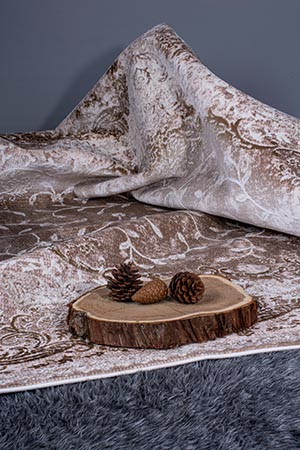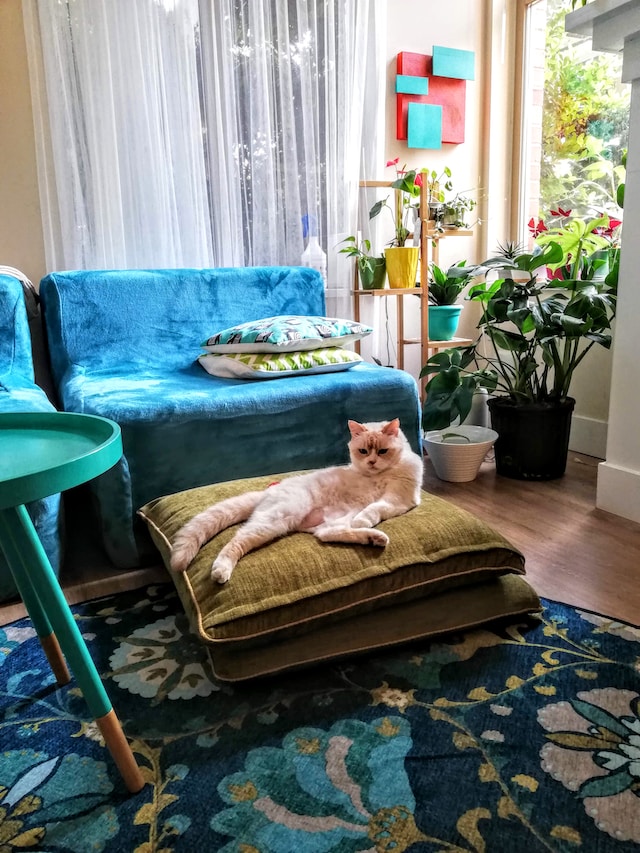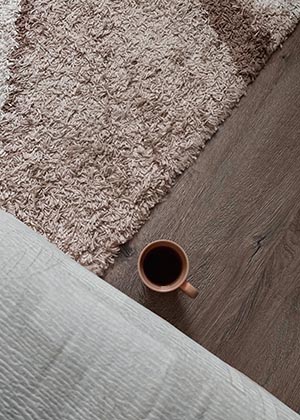
Southwest Rug Patternes
History and origins of Southwest rug designs
Southwest rug designs have a rich history that dates back centuries. The origins of these intricate patterns can be traced to the various Native American tribes that have inhabited the Southwest region for generations. These tribes, including the Navajo, Hopi, and Zuni, incorporated their cultural beliefs and traditions into the designs of their rugs.
The patterns found in Southwest rugs are often inspired by elements of nature such as animals, plants, and landscapes. Additionally, geometric shapes and symbols are commonly used in these designs to represent concepts like harmony, balance, and protection.
One **unlikely** source of inspiration for Southwest rug patterns is Spanish colonial influence. When Spanish settlers arrived in the Southwest in the 16th century, they brought with them new weaving techniques and design motifs that were eventually incorporated into Native American textile art.
Over time, Southwest rug designs have evolved to reflect changing tastes and influences from other cultures. Today, these unique patterns continue to be highly sought after for their beauty and craftsmanship. Whether used as decorative pieces or functional floor coverings, Southwest rugs serve as a reminder of the rich history and cultural heritage of the region.


